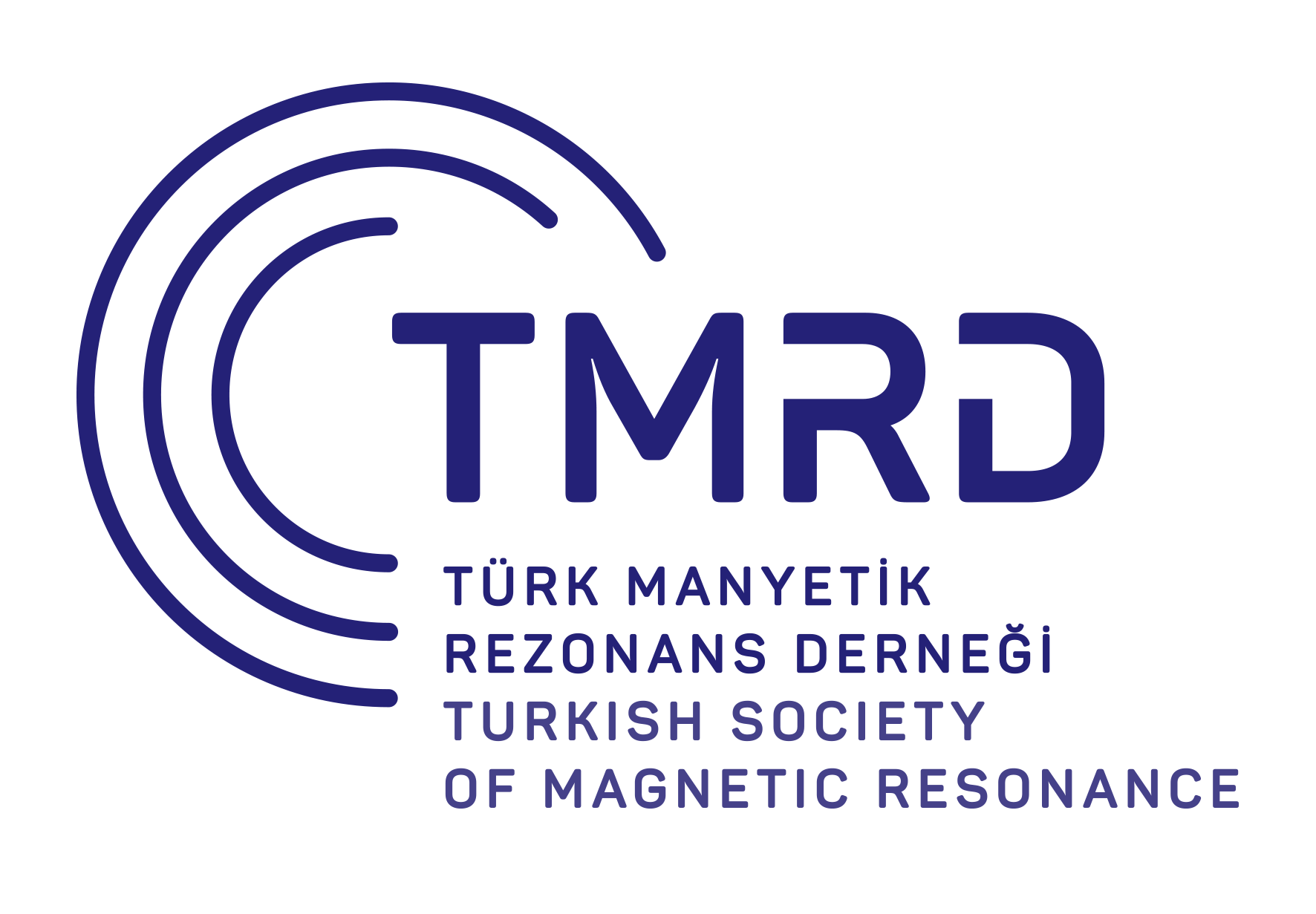Objective: It is known that variations can occur in the insertion of biliary ducts in both right and left intrahepatic ductal systems. We undertake this study to evaluate the normal anatomy and variations of intrahepatic biliary system on magnetic resonance chola ngiop ancre atico graph y, classify them into typical and atypical right hepatic duct and left hepatic duct, and compare relationships between them.
Methods: This is a 10-year retrospective study (2008-2018). Magnetic resonance cholangiopancreaticography using a 1.5 T Siemens with breath-hold HASTE sequence, FS HASTE, thin slice FSE T2-WI with post processing volume rendered of maximum intensity projection (MIP) images. Drainage patterns were reviewed.
Results: A total of 347 cases in 10 years were analyzed (2008-2018), with age ranges from 1 year 11 months to 90 years, with a mean of 42.37 years and M : F: 145 : 202 = 0.71. Right posterior sectoral duct joining right anterior sectoral duct medially to form right hepatic duct was seen in 250 cases (72%), trifurcation in 59 (17%), right posterior sectoral duct joining the left hepatic duct in 20 (5.7%), right posterior sectoral duct to common hepatic duct in 10 (2.9%), aberrant right hepatic duct to cystic duct in 1 (0.3%), accessory right hepatic duct in 2(0.58%), segment II/III draining independently into common hepatic duct/ common bile duct (CBD) in 3 (0.86%), and unclassified in 2 (0.58%) cases. The common trunk of segment II and segment III joining segment IV forming left hepatic duct was seen in 325 cases (93.7%). Comparing right hepatic duct and left hepatic duct, the tabulated Chi-square value (critical value) was 51.18 (0.001) and calculated value was 1.958 (<value at 1% level of significance) at df = 24, The data collected were highly significant. Therefore, typical right hepatic duct drainage will also be likely to have typical left hepatic duct drainage.
Conclusion: Right posterior sectoral duct joining right anterior sectoral duct medially forming right hepatic duct and common branch of segment II and III joining the segment IV forming left hepatic duct are most common. A typical right hepatic duct insertion will most likely also be accompanied by typical drainage on the left side.
Cite this article as: Lynser D, Daniala C, Panch asang upara kalar ajan R, Chinniah, PK. Intrahepatic biliary variations on magnetic resonance chola ngiop ancre atico graph y: A study from a tertiary centre in North East India. Current Research in MRI, 2023;2(1):1-5.



.png)
